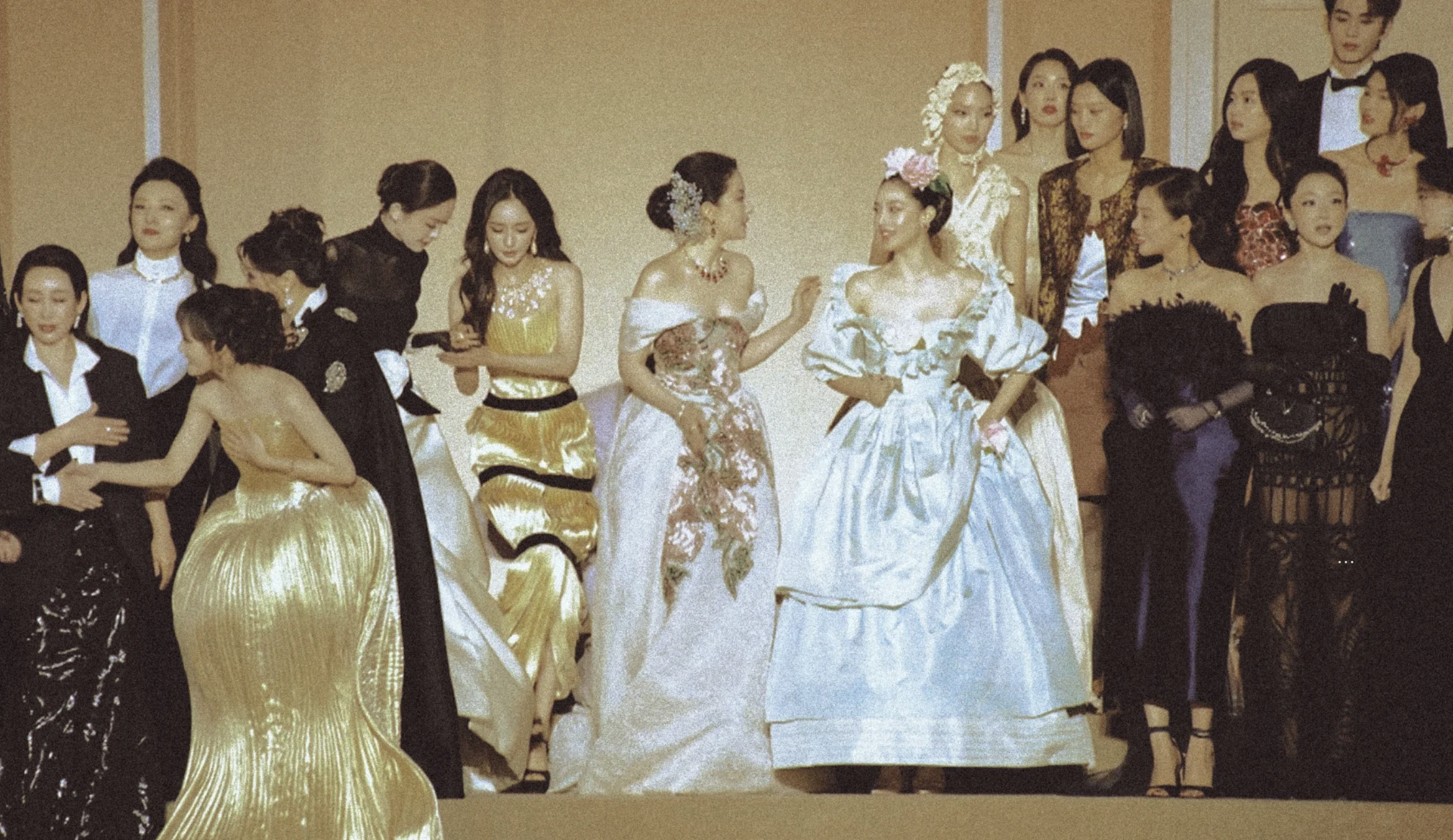What can you do to fix climate change? It’s hard not to ask yourself this question, especially now, after global leaders at COP26 claimed earlier this month to have made breakthrough deals to phase out the use of coal. But with some experts claiming we’ve passed the point of no return — that capping global warming at 1.5 degrees Celsius is now just a pipe dream — will it really matter how one person behaves?
When we think of climate change, we think of the images we are fed, like coal plants, cars, and belching cows. We also tend to think of simple solutions like solar panels, bikes, and vegetarianism. But is this the complete picture?
The vast majority of what we do to make our lives more comfortable — the food we eat, cars we drive, gadgets we use, and the pleasant temperatures we artificially create — is actively harming our environment.
We all understand the negative impact of cars and planes, but other significant polluters are rarely ever talked about.
For example, the amount of emissions released when manufacturing a gas-guzzling BMW M3 is equivalent to building just two meters of road. So, something as simple as switching to electric vehicles won’t solve anything if we keep building roads using the same methods and materials.
Related:
 Meet the Architect Whose Revolutionary “Sponge Cities” are Helping Combat Climate ChangeDr. Yu Kongjian and his “sponge city” model have helped change how we think of landscape architecture but also seen him branded a “US spy” by someArticle May 28, 2020
Meet the Architect Whose Revolutionary “Sponge Cities” are Helping Combat Climate ChangeDr. Yu Kongjian and his “sponge city” model have helped change how we think of landscape architecture but also seen him branded a “US spy” by someArticle May 28, 2020
CO2 emissions only fell by 7% in 2020, a year when we all stayed at home, didn’t fly, used less transport, and consumed less. If you reduced 100% of your CO2 emissions for the rest of your life, you would save one second’s worth of emissions from the global energy sector.
If even the most motivated person can barely make a dent, what can one person achieve?
Cindy Zhaohua Cheng, a research scientist at the University of British Columbia’s (UBC) Collaborative for Advanced Landscape Planning, believes that while individual efforts may not be effective on their own, translating ideas into neighborhood-wide action is the key to meaningful change.
This can include efforts to gradually ramp up community engagement through conversations, maps, shared vision, and collective action.
With these objectives in mind, Cheng and her colleagues developed the Citizen’s Coolkit to help local residents better understand the value of green spaces in urban areas. They hope to provide communities with a new understanding of the land and, ultimately, aim to climate-proof entire neighborhoods.
Cheng believes this will encourage more people to lobby the government and vote for politicians and public servants who can influence change in food production, transport, energy, and industries like cement and construction.
As a PhD student at UBC, Cheng researches ways to integrate urban forests into dense cities for ecological and social benefits.

UBC Robson Square in downtown Vancouver. Image via Depositphotos
Raised in the small coastal city of Ningde in China’s Fujian province, she moved to Canada in 2010 through a joint degree program between Fujian Agriculture and Forestry University and UBC Faculty of Forestry.
Cheng, now 31, says, “I have lived in Vancouver for 11 years, and I consider myself Chinese Canadian.”
Growing up in Fujian, Cheng witnessed the severe impacts of extreme weather events like typhoons and storm surges. She learned early on that human activity, such as land reclamation and engineering practices on muddy coasts, caused large-scale erosion in coastal areas like Fujian.
“Climate change is a global issue that requires the collaboration of every country, but it is also linked to things we do at very fine scales, such as what food we eat, whether we walk or drive. It is more complicated than individual choices, with a lot of uncertainties,” she says.
“For example, although scientists project that we will have warmer and drier summers, there was no way to know beforehand that we would have three heat waves and record-breaking floods in British Columbia this year. So, what do we do? Is it fair that we keep consuming and living business-as-usual and leave the problems to our future generations to solve?”
With these questions in mind, Cheng and her colleagues developed the Citizen’s Coolkit to teach people about climate change and what can be done to mitigate it at a community level.
Change starts locally! After 3 heatwaves this year, we need to rethink how we cope with climate change. Urban forests cool our neighbourhoods while providing many other ecological, social and economic benefits. Check out @CALPUBC and @urban_natures to learn more about our work🌍 https://t.co/e46KEqRS5Q
— Zhaohua Cindy Cheng (@CindyzhCheng) August 23, 2021
“There is a lot of emphasis on climate change mitigation through policies for big corporations right now, but there is much less focus on the role of a small community. Individuals can collectively play a big role in the fight against climate change,” she says, noting the 2019 climate protests as a successful example of grassroots community activism.
The Citizen’s Coolkit is currently used by UBC’s University Neighborhood Association and several municipalities across Canada, including Oak Bay and Mississauga.
There is even an Indian version of the Citizen’s Coolkit adapted by the Wildlife Institute of India, emphasizing biodiversity conservation, that is being used in classes to teach climate change to university students.

Participants working together on the Citizen’s Coolkit. Image courtesy of Cindy Zhaohua Cheng
When asked how her career began, Cheng recalls, “My first job at the Bachelor of Urban Forestry Program was mostly mundane administrative work. But there were exciting tasks, such as arranging urban forestry field schools for students and helping build their network, as well as attending conferences and workshops. I started connecting the dots with community engagement, urban sustainability, and became certain that this is the path I want to take.”
“It is really important to keep learning and trying new things. I would not be where I am now if I stopped exploring. The more you explore, the more you know your own passion,” she adds.
So what can you do to fix climate change? At this point, banning straws, plastic bags, and plastic spoons simply won’t cut it. We need to engage our communities and vote for leaders who put the interests of future generations at the forefront of policy and decision-making.
We can all learn from Cheng: You have the power to inspire your community and mobilize individuals en masse in the battle against climate change. Like it or not, we all have a dog in this fight.
Learn more about the Citizen’s Coolkit here, or you can contact Cheng at [email protected].
Cover image courtesy of Cindy Zhaohua Cheng
















